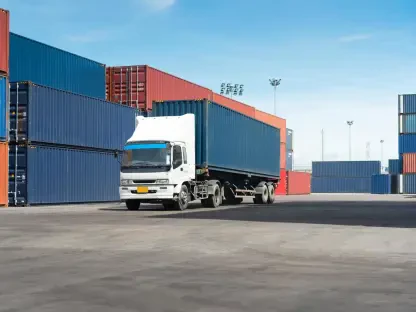In the age of big data and advanced analytics, logistics companies are finding new ways to drive efficiency across their operations. Predictive analytics stands at the forefront of this revolution. Leveraging historical data, companies can now foresee demand, anticipate delivery issues, and manage inventory more effectively. These insights lead to a more streamlined supply chain that minimizes waste and maximizes productivity.Through the crunching of vast datasets comprised of past consumer behavior, economic trends, and real-world events, predictive models can accurately anticipate future patterns. Such forward-looking intelligence enables logistics firms to prepare for fluctuations in demand well in advance, ensuring they aren’t caught off guard by sudden market shifts. The implications for stock management and distribution planning are profound.
Enhanced Forecasting with Predictive Analytics
Predictive analytics revolutionizes freight rate forecasting by accounting for complex factors like fuel costs and geopolitical conditions, offering more dynamic pricing models. These sophisticated methods leverage real-time data for nimble decision-making in routing and carrier choice, boosted by AI and machine learning to shift from merely reacting to anticipating market shifts. This empowers companies to negotiate better contracts and fortifies their supply chains against market fluctuations.At the same time, the use of sensitive data demands stringent privacy and security measures. Firms must employ clear data policies and respect customer data rights. Overall, predictive analytics isn’t just a tool but a transformative approach in logistics, championing efficiency and strategic foresight as core business pillars.









